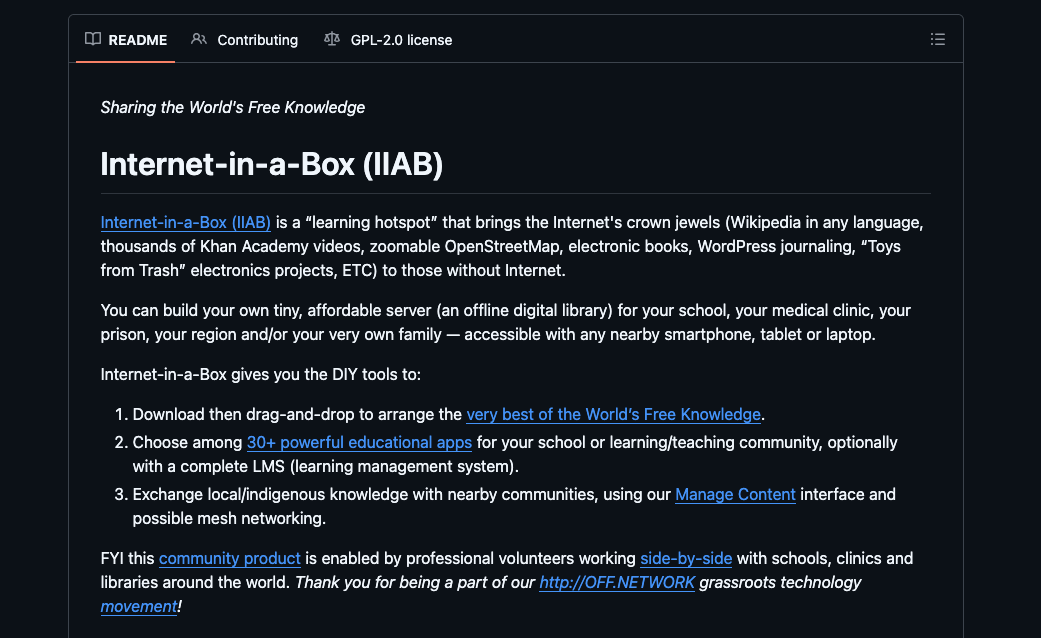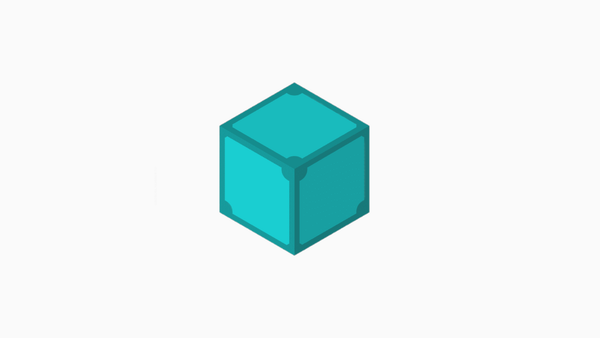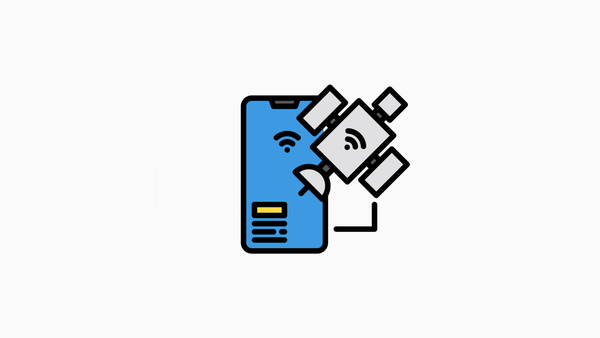Internet in a Box

Offline Knowledge for Communities, Classrooms, and Crisis Response
Imagine a tiny, pocketable server that brings a whole library, a medical reference desk, and a map room into places with no internet.
That’s Internet in a Box (IIAB)—a low-cost, open-source project that runs on a Raspberry Pi and an SD card (or SSD), creating a local Wi‑Fi hotspot so phones, tablets, and laptops can browse a curated cache of knowledge without a data connection.
Why this matters now
Reliable connectivity is still a luxury in many places. For rural schools, community health programs, disaster responders, and remote research stations, timely information can mean success or failure.

IIAB is built to be practical: low-power, portable, and easy to use. It removes recurring data costs and lets communities control which content is available locally.
What you get (typical content packs)
- Full Wikipedia snapshots — searchable and browsable offline (see Kiwix: https://www.kiwix.org)
- Medical references — offline clinical guides and textbooks (for example, MedlinePlus and WHO materials, or OpenStax for medical students)
- Global maps — OpenStreetMap tiles and offline search (OpenStreetMap: https://www.openstreetmap.org)
- Educational media — Khan Academy Lite for videos and exercises (https://www.khanacademy.org), PhET simulations, CK-12, and open textbooks
- Books and literacy resources — Project Gutenberg (https://www.gutenberg.org), StoryWeaver, and local-language story collections
- Technical and vocational guides — Arduino/Raspberry Pi tutorials, agriculture, and water-management manuals
- Local content — school curricula, public health flyers, and community radio scripts uploaded by local teams
Real-world use cases
- Rural schools: A single IIAB can become a campus intranet. Teachers can download lesson plans and videos and run quizzes offline. See case studies from World Possible (RACHEL: https://worldpossible.org/rachel)
- Clinics and health workers: Field staff can access triage guides, treatment protocols, and training videos when connectivity is unavailable. WHO field guides and locally adapted clinical protocols can be preloaded.
- Disaster response: When cell towers fail, responders can spin up a hotspot with maps, safety checklists, and shelter management guides. Humanitarian teams often use offline kits for sudden-onset crises (Sphere Handbook: https://spherestandards.org)
- Refugee and migrant learning hubs: Multi-language resources support teachers and learners where networks are restricted.
- Ships, polar stations, and expeditions: Offline Wikipedia and technical manuals keep teams informed far from shore.
- Prisons and secure sites: Vetted content can offer education without giving internet access.
- Local government and extension services: Agricultural advisories, weather guidance, and market information can be shared offline.
Hardware and setup, at a glance
- Core hardware: Raspberry Pi 4 works well; lower-end Pis can run lighter setups.
- Storage: 128–512 GB SD cards for modest installs; SSDs for large Wikipedia images and video packs.
- Power: 5V via USB-C or micro-USB depending on Pi model; run from mains, power bank, or solar panels for off-grid use.
- Network: The Pi creates a Wi‑Fi hotspot; users connect and browse via a simple web portal.
- Software: IIAB and related tools use open-source projects (Kiwix for Wikipedia, OpenStreetMap tile servers, Khan Academy Lite). Project pages: Internet-in-a-Box GitHub (https://github.com/internetarchive/internet-in-a-box), Kiwix (https://www.kiwix.org), Khan Academy Lite (https://github.com/learningequality/ka-lite and https://github.com/learningequality/kolibri for alternatives).
Getting started (step-by-step)
- Choose your audience and content: decide whether you need complete Wikipedia, medical references, maps, Khan Academy, or a mix.
- Pick hardware: Pi 4, reliable SD or SSD, case, and power source. Consider a USB-powered Wi‑Fi extender for larger coverage.
- Download software and content packs: IIAB images and content modules are available from project repositories and partners.
- Flash and boot: Write the image to your SD/SSD, insert into the Pi, and boot it up.
- Connect and configure: Connect to the Pi’s hotspot, open the web portal, and confirm content. Add local files and bookmarks as needed.
- Train users: Show teachers, health workers, or volunteers how to search, bookmark, and request new content.
Practical tips
- Start small: install a core set (Wikipedia subset, maps, one education pack) and expand based on feedback.
- Use SSD for longevity if you expect heavy reads/writes (video streaming, many users).
- Localize: upload curricula, local-language texts, or scanned manuals so the device matches community needs.
- Backup images: Keep a master SD image so you can restore a unit quickly after corruption or damage.
- Security: Password-protect admin pages and document what’s included so users know sources and versions.
Further reading and resources
- Internet-in-a-Box GitHub: https://github.com/internetarchive/internet-in-a-box
- Kiwix (offline Wikipedia): https://www.kiwix.org
- OpenStreetMap: https://www.openstreetmap.org
- World Possible / RACHEL for education packs: https://worldpossible.org/rachel
- Khan Academy Lite / Kolibri: https://learningequality.org
- Sphere Handbook (humanitarian standards): https://spherestandards.org
- Project Gutenberg (public-domain books): https://www.gutenberg.org
Shouldn’t be a Luxury
Access to reliable information shouldn’t be a luxury. Internet in a Box turns inexpensive hardware into a resilient, community-controlled, knowledge-valuable platform in classrooms, clinics, disaster zones, and anywhere people need dependable content without connectivity.




